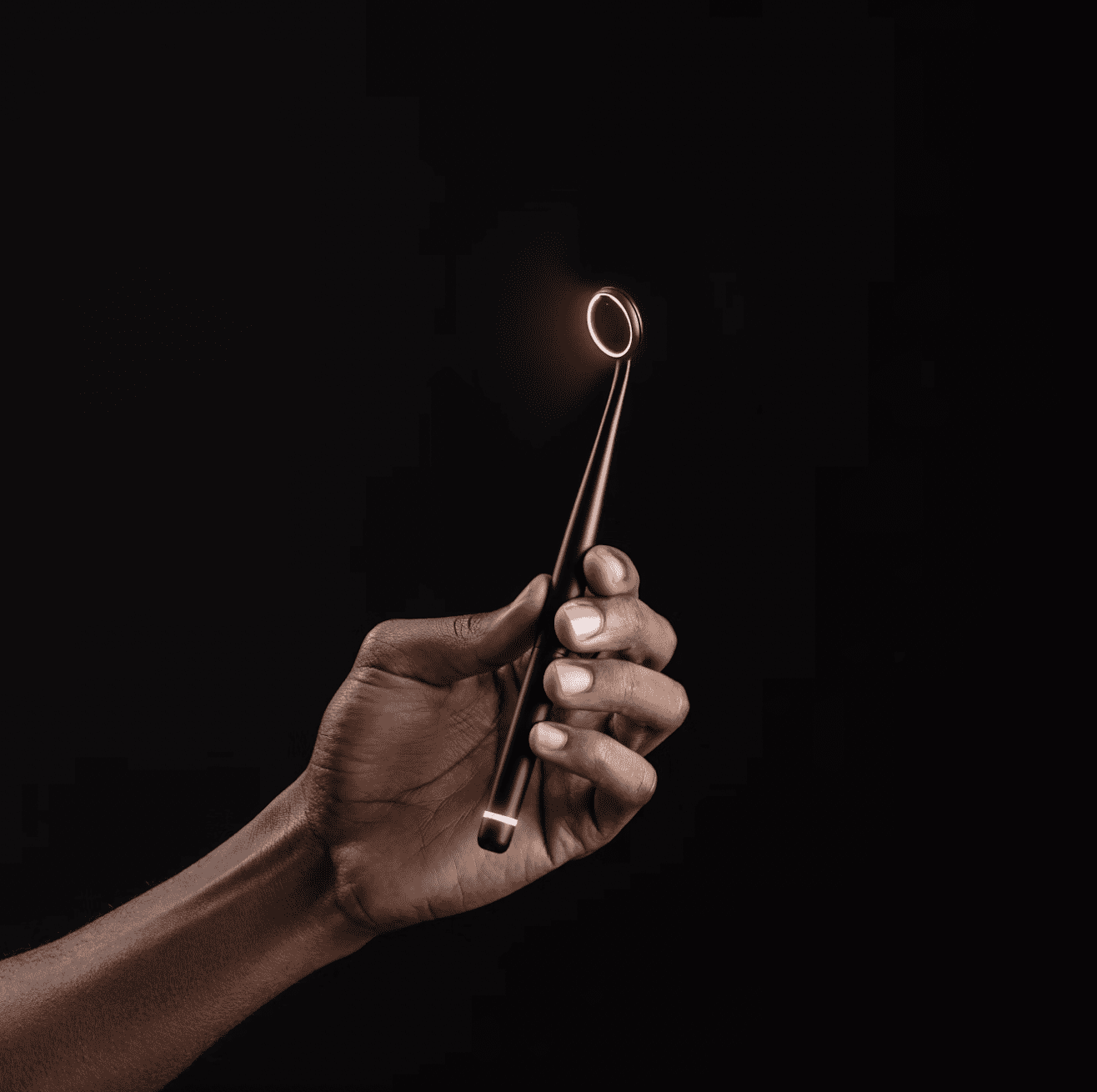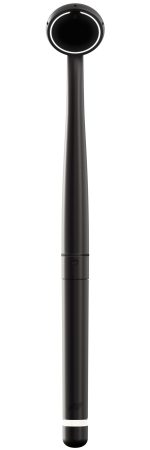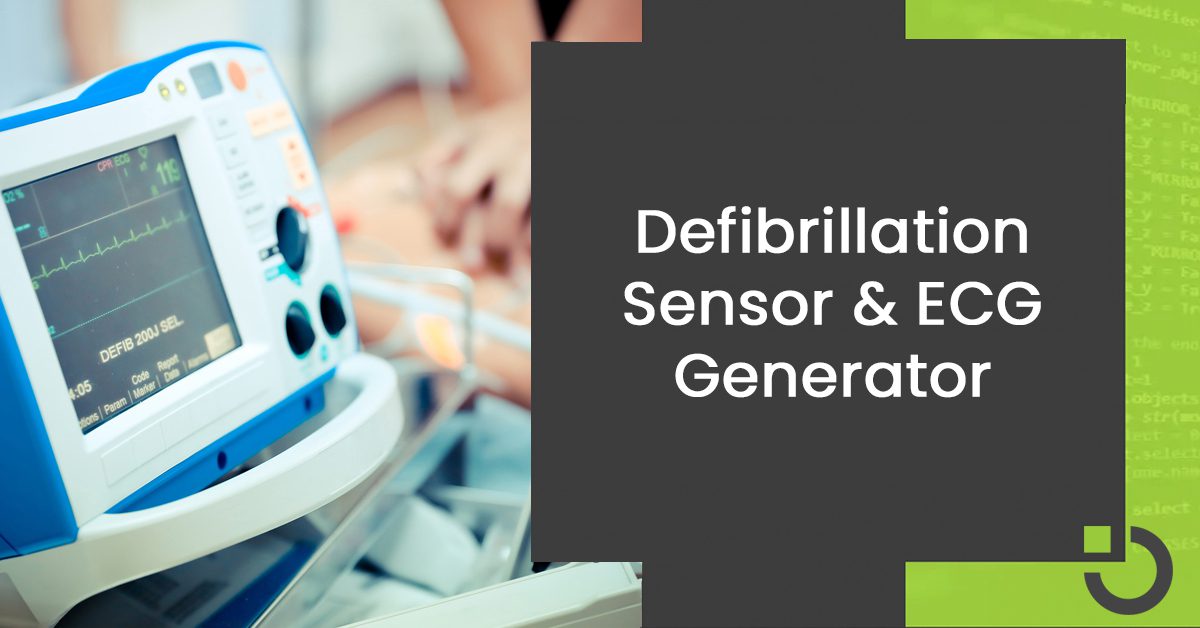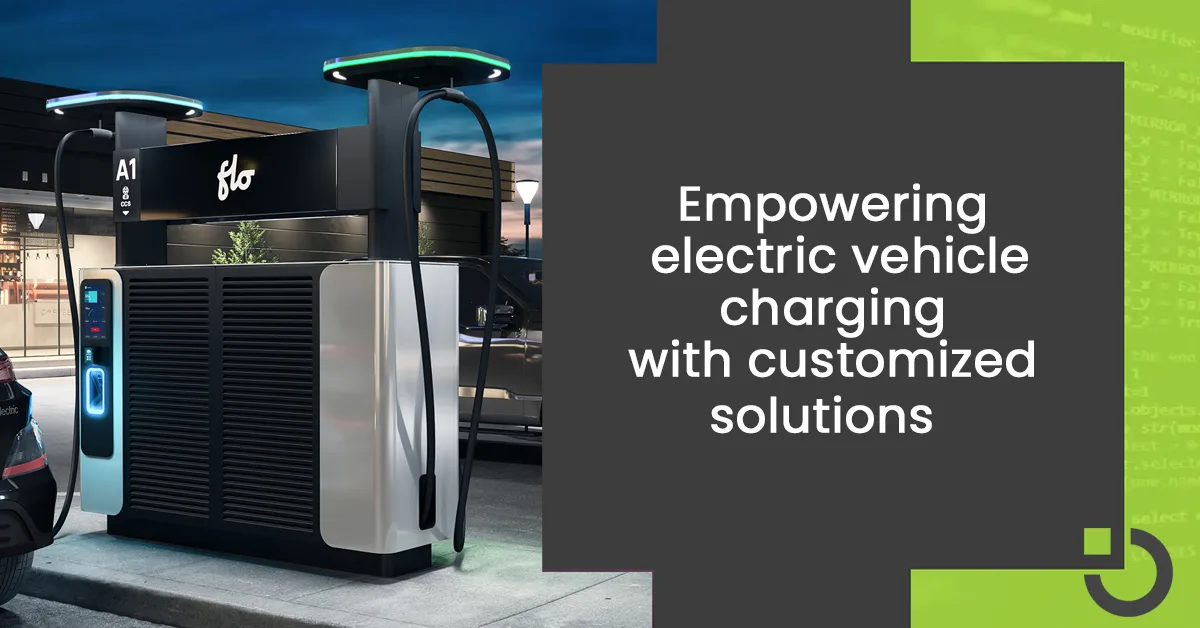Digital Dental Mirror

THE INNOVATIVE ALLIANCE OF HALO DENTAL TECHNOLOGIES AND ORTHOGONE
Digital Dental Mirror

The Challenge
Bridging Technology and Dentistry
CLIENT: HALO DENTAL TECHNOLOGIES
.
LOCATION: BROSSARD, QC, CANADA
In a healthcare landscape perpetually shifting toward technological advancement, Halo Dental Technologies, founded by a dentist with an innate enthusiasm for technology, aimed to redefine a cornerstone tool of the dental profession. The company’s founder envisioned transforming the traditional dental mirror into an intelligent device that would significantly improve the flow of dentists and hygienists and the patients’ experience.
Two significant challenges made achieving this goal difficult:
- Minimizing the size of electronic components to fit within a traditional dentist’s mirror.
- Crafting a proof-of-concept model within a limited time frame and financial constraints.
Halo needed the fastest and most efficient partner to develop the prototype to achieve this. The company partnered with Orthogone to develop a proof-of-concept prototype of an intelligent dental mirror.
Reduce the size of electronic components
Create a prototype within a tight timeframe
Use advanced optical technologies

"Orthogone was instrumental in helping us realize our vision of transforming the traditional dentist's mirror into a smart multi-functional dental tool. They provided a comprehensive solution that met all our needs, from designing the product to utilizing advanced optical technologies. We especially appreciated their collaboration with optical specialists to ensure the mirror's light output was balanced with the camera's image quality. Their expertise and commitment to our project made it a success, and we are extremely grateful for their partnership."
- Guillaume Joly, VP of Products - Halo Dental Technologies
The Solution
Realizing an Ambitious Vision through Technical Mastery
STRATEGIC PLANNING

TECHNICAL EXECUTION
But the innovation continued. The team needed to address opposite use cases for the mirror. When the mirror is in operating mode, the lighting must not dazzle the dentist. However, in the intraoral camera mode, the light must be increased to the maximum for the camera.
TECHNOLOGY
- Embedded Linux
- MIPI-CSI Image acquisition
- Video: H.264 encoding + RTP streaming
- Wi-Fi
- Google Protobuf
- Google gRPC,
- HTTP REST API

The Result
A patient-centered tool for the passionate dental professional.
The collaboration between Tak Design‘s industrial designers, Optech’s optical micro-system experts, and Orthogone‘s technological prowess have been instrumental in bringing Halo Dental Technologies‘ ambitious vision to life as a practical, real-world digital mirror.


